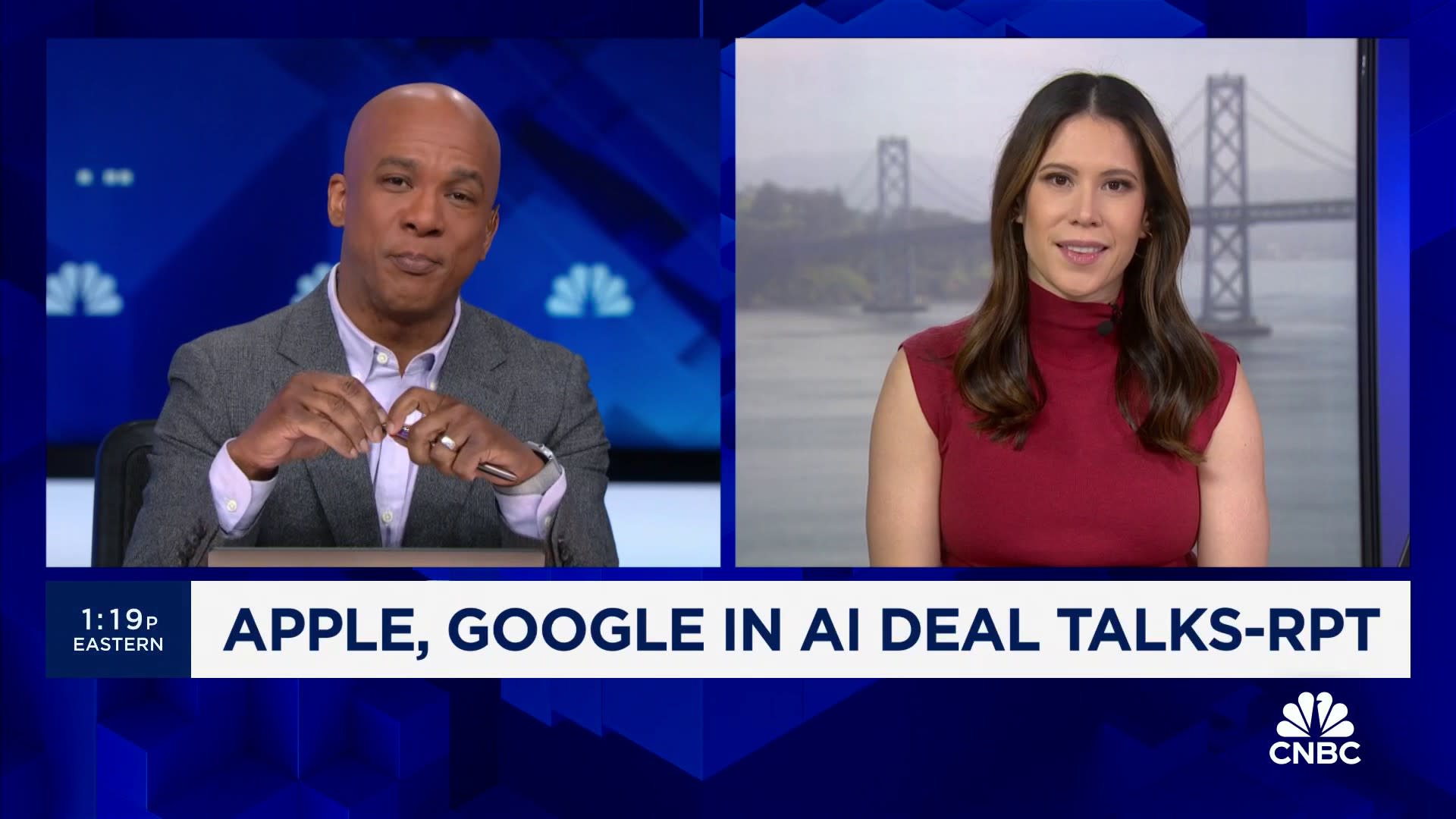In the rapidly evolving landscape of smartphone technology, the interplay between tactile feedback and user experience has taken on a new significance. Apple, a titan in the industry, is reportedly engaged in discussions with Immersion, a company renowned for its haptic feedback technology, to potentially integrate advanced vibration capabilities into the iPhone. This move could transform the way users interact with their devices, leading to a more immersive and intuitive experience.
Vibration in smartphones, while often viewed as a mere notification tool, has profound implications for user interaction. Currently, devices utilize basic vibration motors that deliver rudimentary feedback. However, by collaborating with Immersion, Apple may be looking to elevate this fundamental aspect of user experience through nuanced, precise haptic feedback. This innovation could allow for a variety of sensations—ranging from the gentle pulsation of a heartbeat to the sharp buzz of an incoming call—thereby enriching the emotional connection between the user and the device.
Why the growing emphasis on haptic technology? At its core, it addresses a common observation: our increasing reliance on touch in a predominantly visual world. With users increasingly engaged with their screens, the tactile dimension of interaction often diminishes. By enhancing vibration capabilities, Apple could create a more tactile digital environment, allowing users to engage with their devices without having to constantly shift their visual focus. This alignment with sensory feedback underscores a deeper desire for a holistic interaction model in technology, where all senses converge to create a seamless experience.
Moreover, the potential applications of this technology extend far beyond notifications. Gaming, for instance, stands to benefit immensely. With haptics that can simulate the feel of a virtual blow or the impact of a jump, the gaming experience could become hyper-realistic. Similarly, in the realm of virtual reality and augmented reality, integrating sophisticated haptic feedback could bolster immersion, making these technologies more compelling and accessible.
Additionally, there are economic factors at play. As competition among smartphone manufacturers intensifies, differentiation becomes paramount. By adopting cutting-edge haptic technology, Apple not only enhances its product line but also positions itself as a leader in innovative user interface solutions. This strategic partnership with Immersion may impart a competitive edge, appealing to a consumer base that increasingly values experiential quality over mere specifications.
In conclusion, Apple’s tentative collaboration with Immersion signifies more than just a development in vibration technology. It reflects a broader trend towards creating multifaceted user experiences, where tactile feedback not only complements visual and auditory elements but reshapes our relationship with technology. As the dialogue around this advancement continues, one thing remains certain: the future of smartphone interaction will increasingly hinge on our ability to engage with devices on a sensory level, propelling us into a new era of digital interactivity.
